Beijing Design Week 2011
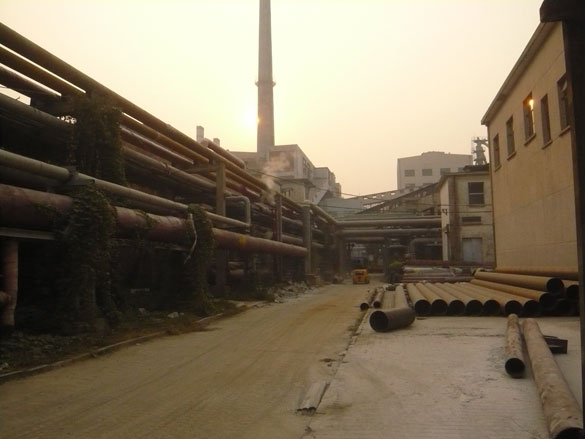
Already home to a thriving art scene and many a starchitect's creation, Beijing upped its cultural ante last month by holding its inaugural design week. In true Chinese style, the ambitious 9-day event was spread over numerous locations around the mammoth city, and shone a light (despite the persistently hazy skies) on its eclectic fusion of past and present.
The main hub of the event was 751 D-Park - a striking cluster of disused boiler towers, railroad tracks and chimneys, which once served as a gas power plant, and has become the go-to location for creative events. Located just north of the famous 798 Art District, the park housed exhibitions from a slew of participating countries, most notably The Netherlands' Dutch Design Generator, and offered some insight to the state of Chinese design. Local design heavyweights, like Harrison Liu and Song Tao presented unique adaptations on traditional motifs in their pieces.
Across town, Beijing Design Week also orchestrated a series of pop-up shops and exhibitions in Dashilar Alley - one of the city's many hutongs, emphasising the value of these heritage areas to locals and visitors alike. The result was a charming hybrid of the city's most influential design and lifestyle businesses, such as Wu Hao, Lost and Found and even Ab Rogers' fictional 'Ernesto Bones' exhibition, all situated in modest courtyard houses located next to existing residences, neighbourhood eateries and shops, dating back to another time.
The week also saw the opening of Beijing's first design centre, known as the Liang Dian (which translates as 'Spotlight'.) Located in an ex-computer assembly factory, the renovated 8-storey building provides studio office space and a gallery for a community of architects, lighting designers and young talent. The inaugural exhibition was of 'Chinese Stuff', which translates the idea of 'super normal' into the Chinese lexicon and celebrates both its wackiness and beauty.

751 D-Park
’Urban Body’, built out of shipping pallets by students from Tsinghua University, set against the park’s industrial backdrop
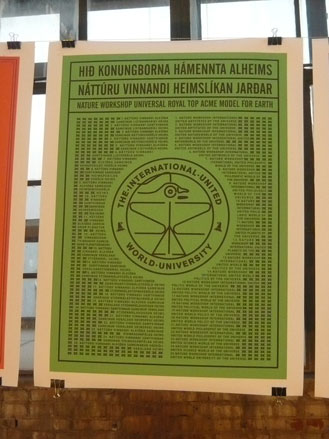
751 D-Park
Poster by Goddur, a professor of graphic design at the Iceland Academy of Arts, presented by the Embassy of Iceland
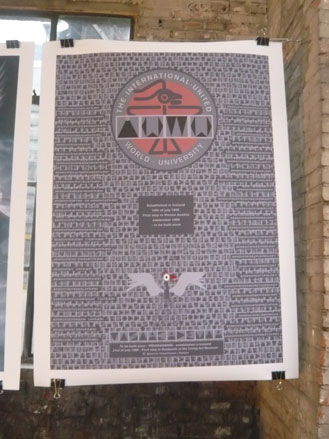
751 D-Park
Another poster by Goddur, who studied fine art alongside Fluxus artists Dieter Roth and Hermann Nitsch
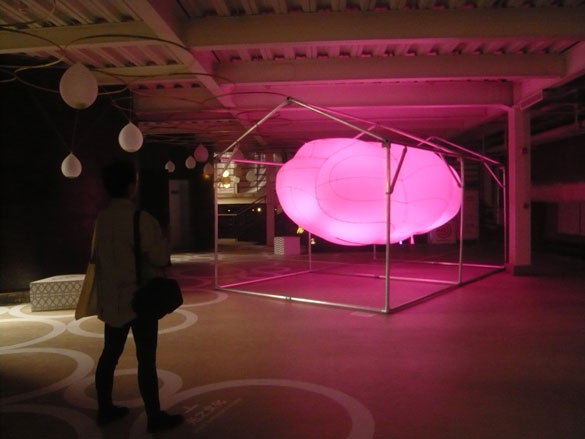
751 D-Park
’Breathing Cloud’ by Dorette Sturm, part of the Liberation of Light exhibition at the Dutch Design Generator
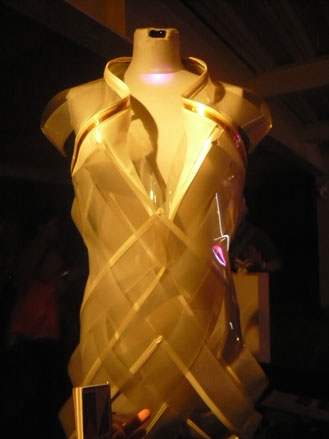
751 D-Park
’Intimacy’, a dress by Studio Roosegaarde, made out of smart e-foils that turns opaque on close contact
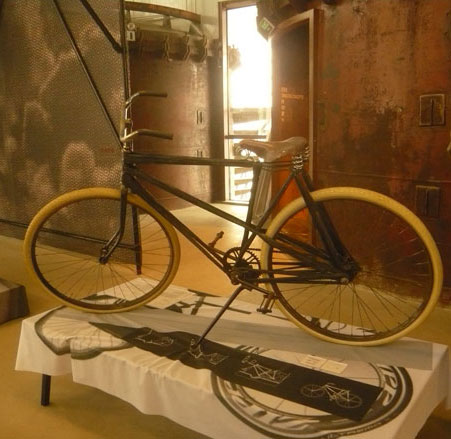
751 D-Park
’Strand bicycle’ by Tjeerd Veenhoven is an ’ordinary’ carbon fibre bike, exhibited in the ’Connecting Concepts’ show at the Dutch Design Generator
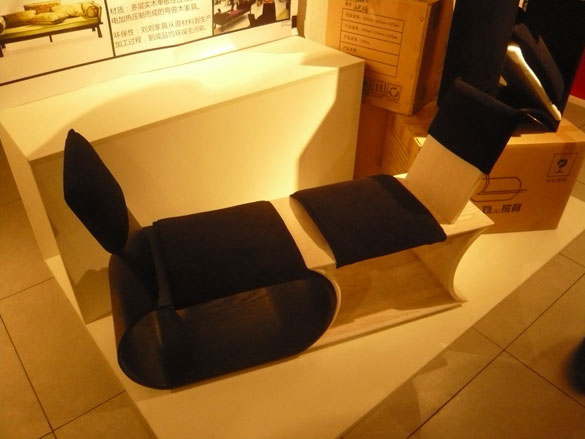
751 D-Park
Modular yin and yang-inspired seating by Harrison Liu
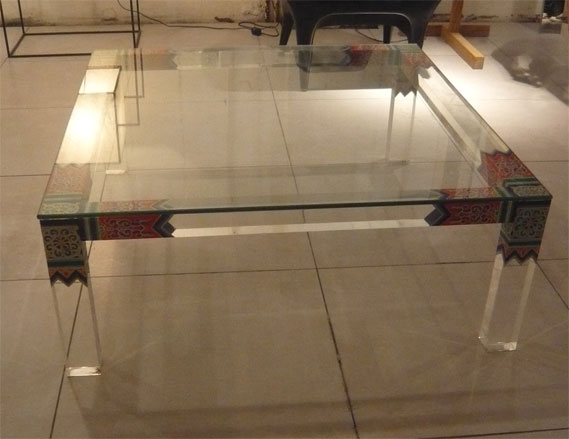
751 D-Park
Lucite table with traditional treatment, by Zhou Qi Yue

751 D-Park
Shelving unit by Song Tao
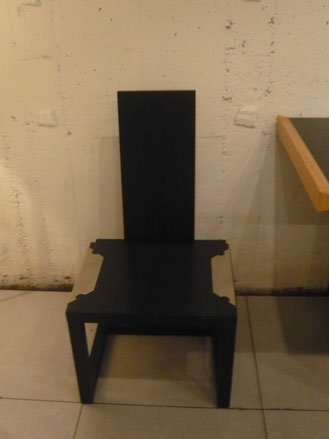
751 D-Park
Angular chair by Song Tao
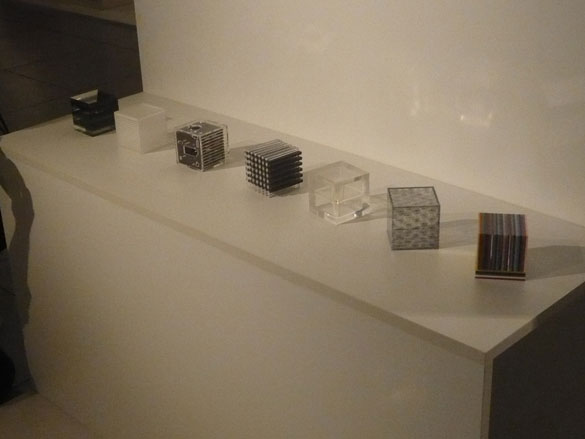
751 D-Park
Experimentations in plastic, by Zi Zao She
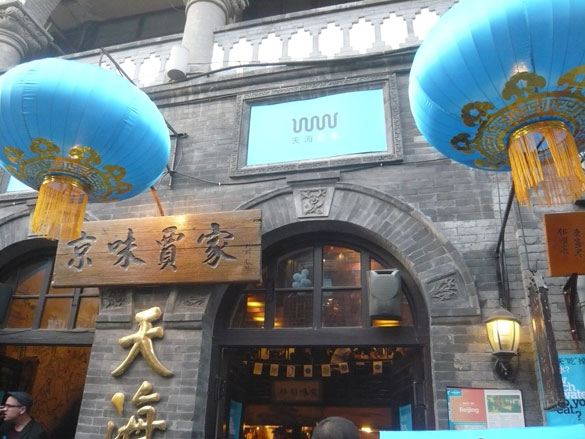
Dashilar Alley
Across town, Beijing Design Week also orchestrated a series of pop-up shops, eateries and exhibitions in Dashilar Alley - one of the city’s many hutongs, emphasising the value of these heritage areas to locals and visitors alike. Pictured here is Wonderwater, a temporary restaurant conceived by Helsinki Design Week that factors in the water footprint of its dishes

Dashilar Alley
Assorted tripe stew being prepared at Wonderwater

Dashilar Alley
Ready to break into our our sterilised cups and plates wrapped in plastic
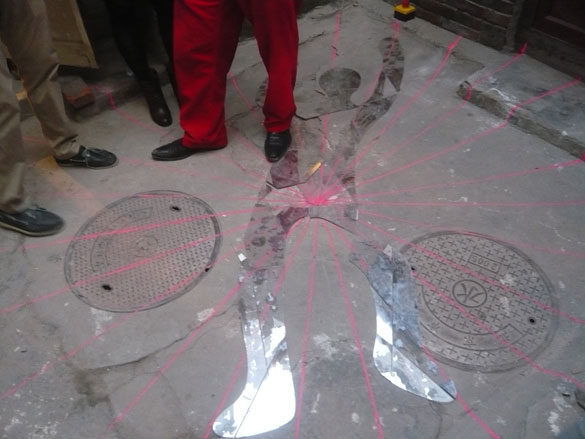
Dashilar Alley
The courtyard within Ab Rogers’ ’A day in the life of Ernesto Bones’ - an exhibition based on the surrealist game ’Exquisite Corpse’ created by creatives including Heston Blumenthal and Design Museum director Deyan Sudjic

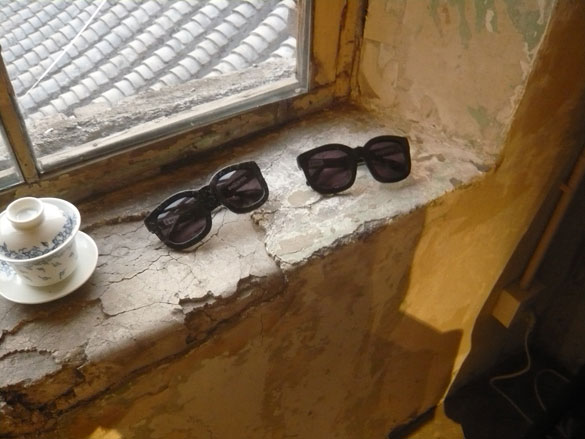
Dashilar Alley
Sunglasses on offer at the Wu Hao pop-up boutique. The holistic concept store is a result of Isabelle Pascal’s fascination with Chinese philosophy’s ’five elements’
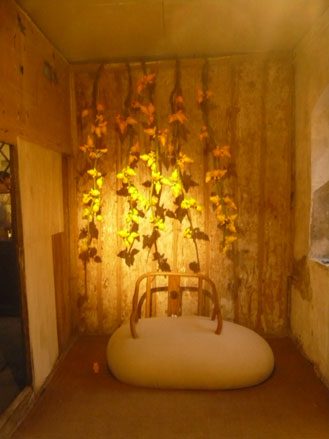
Dashilar Alley
Each room in the pop-up shop is themed according to the four seasons, like this one, which depicts Autumn...

Dashilar Alley
... and this ’Winter’ room
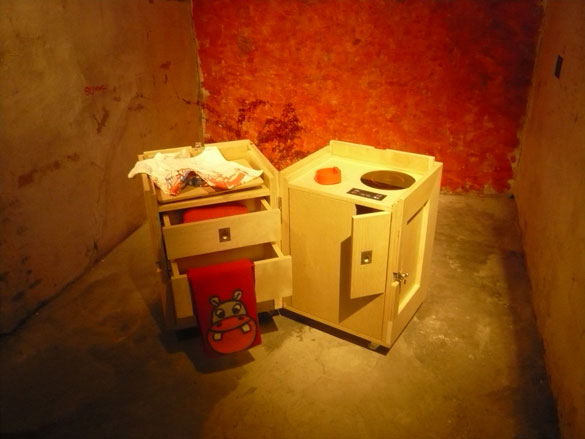
Dashilar Alley
Tea table, made out of crates, with built in ceramic heater, electric water outlet and water collecting tank, by Nai Han Li
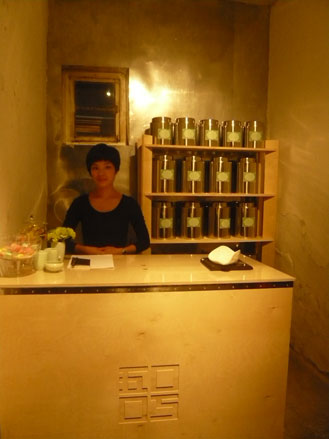
Dashilar Alley
Wu Hao’s in-store teahouse, operated by Tranquil Tuesdays that specialises in unscented and unblended Chinese teas
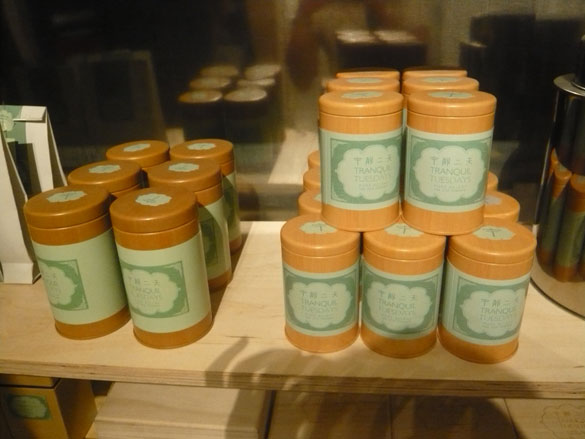
Dashilar Alley
Tins of Tranquil Tuesdays’ tea
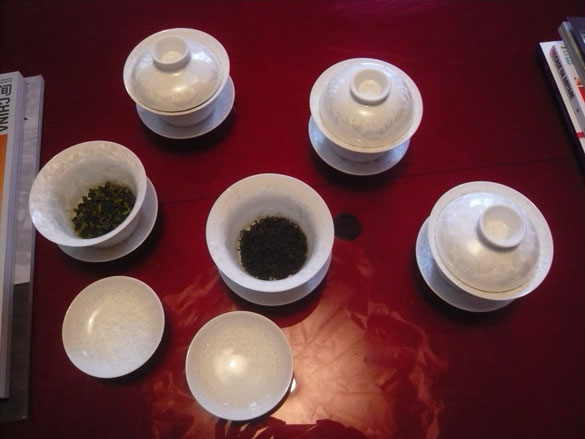
Dashilar Alley
The five varieties of Chinese teas: Pu-Er, white, oolong, green and black

Dashilar Alley
A tea cabinet at Wu Hao
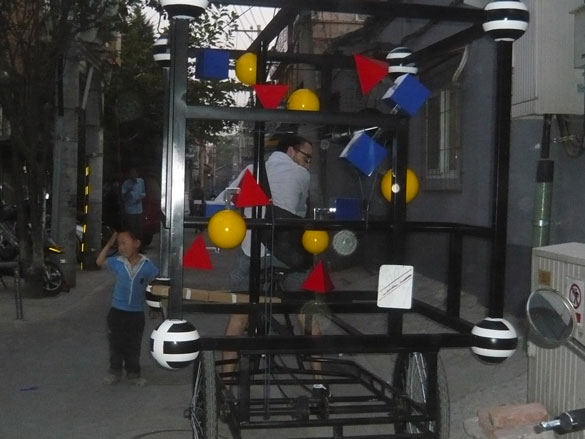
Dashilar Alley
’M2B’ kinetic sculpture by Niko de la Faye, partly inspired by the overloaded bicycles of local junk collectors
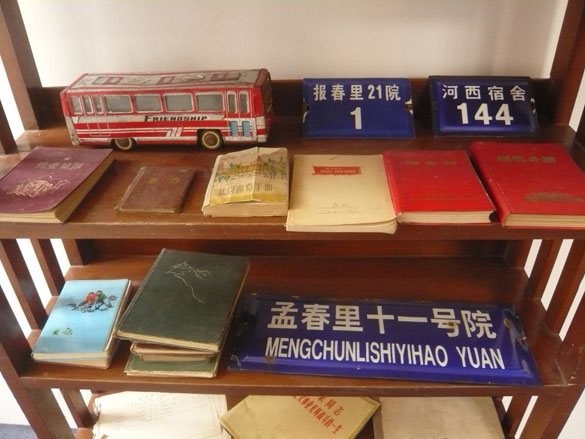
Dashilar Alley
Vintage notebooks and ephemera at Lost & Found’s pop-up
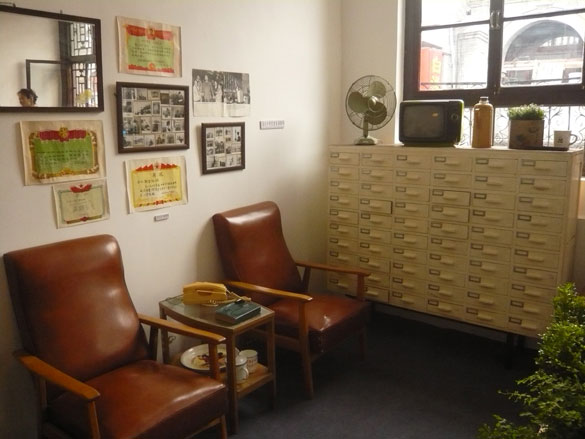
Dashilar Alley
The nostalgic interior at the Lost & Found pop-up
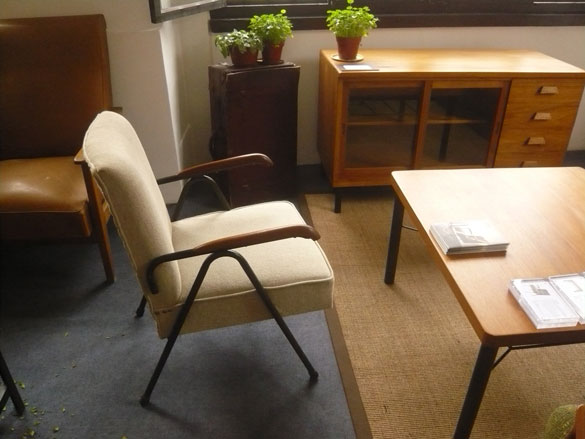
Dashilar Alley
Tianjin iron pipe chair, part of Lost & Found’s new furniture collection, inspired by ubiquitous Chinese furniture from the 1950s and 1960s

Dashilar Alley
The furniture boutique, which is based in Guozijian street, also reinvigorating old Chinese trinkets to give them a modern bent, like this enamel mug

Dashilar Alley
A deconstruction of Lost & Found’s Danwei chair - a modern take on the traditional Ming Dynasty chair, known for the way that it is held together without the aid of glue, nail or screw

Dashilar Alley
Limited edition Teasilk collection by avant-garde fashion label Ruxi. The all-natural capsule collection - made from silk and linen - was dyed with traditional methods, such as using mud and root vegetables
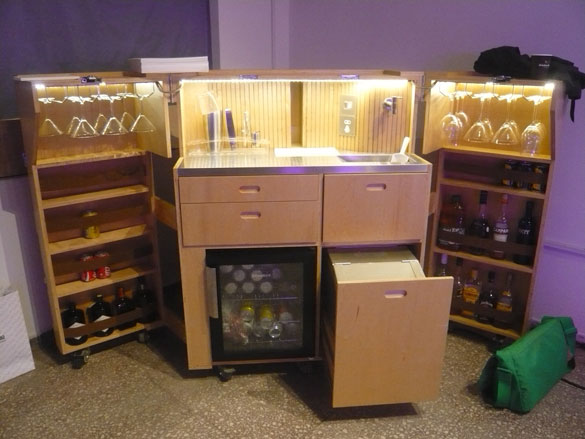
Dashilar Alley
Bar, with wine cooler, ice-maker, built-in sink and more, by Nai Han Li

Liang Dian
Party decorations at the opening of Liang Dian, Beijing’s first design centre. Located in an ex-computer assembly factory, the renovated 8-storey building provides studio office space and a gallery for a community of architects, lighting designers and young talent
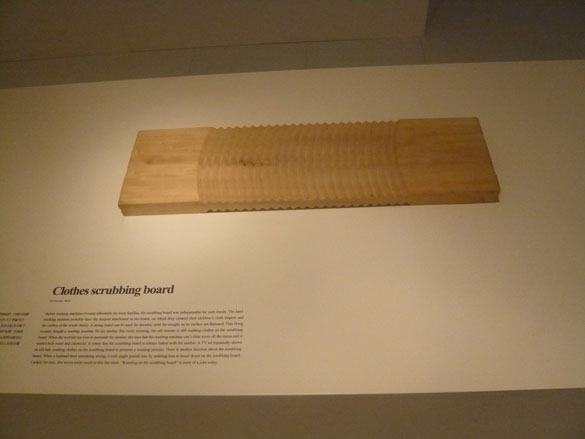
Liang Dian
A clothes scrubbing board from ’Chinese Stuff’
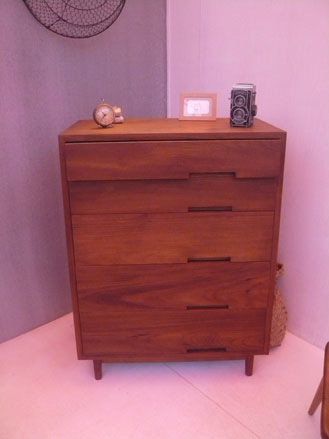
Liang Dian
Chest of drawers by Fnji
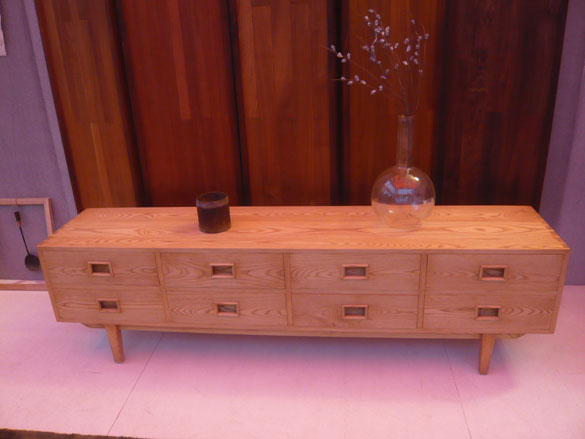
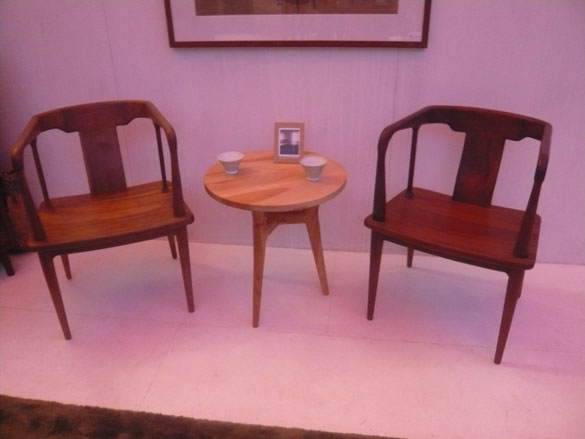
Liang Dian
Round backed arm chair by Fnji
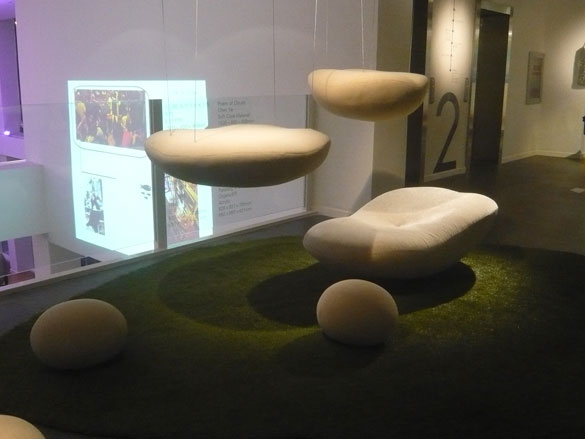
Liang Dian
’Poem of Clouds’ seating by Chaoyang-based OrganicER
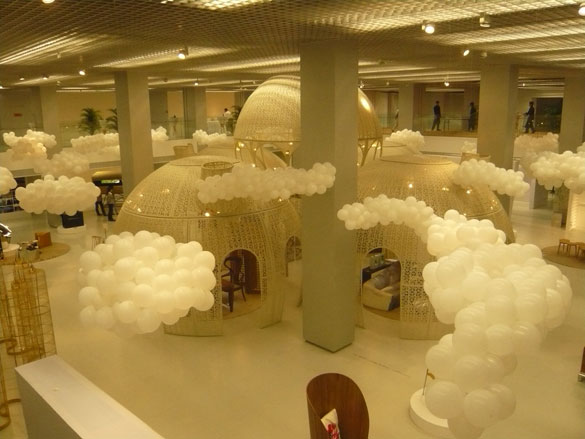
China Shijitan Contemporary Art Center
Showcase of Chinese design at the China Shijitan Contemporary Art Center, which opened earlier this year

China Shijitan Contemporary Art Center
The opening ceremony at Shijitan
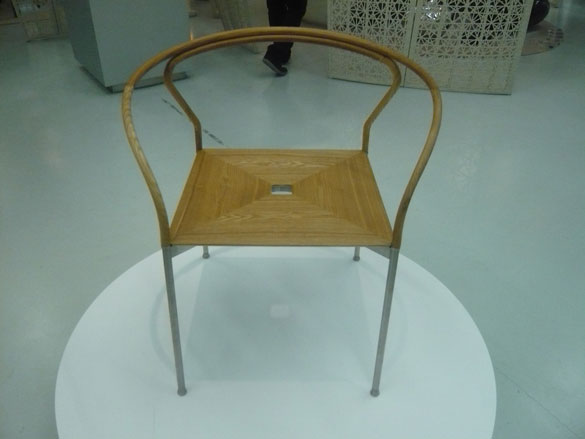
China Shijitan Contemporary Art Center
Ash wood arm chair, by Zhu Xiao Jie
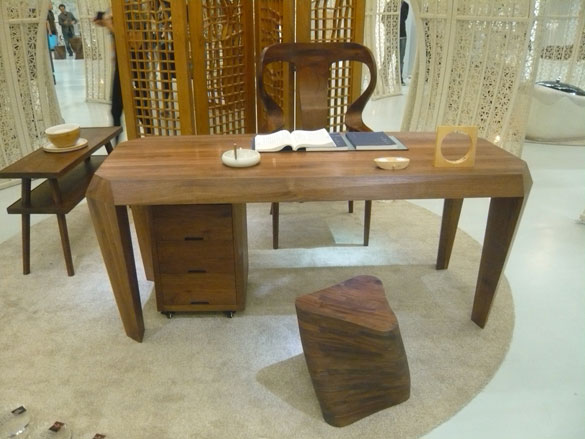
China Shijitan Contemporary Art Center
Black walnut desk, by Hou Zheng Guang
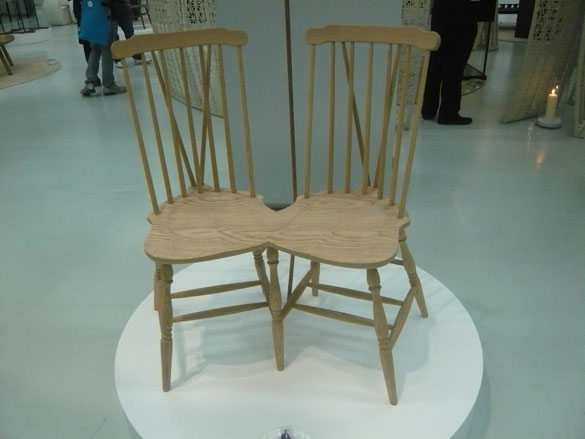
China Shijitan Contemporary Art Center
Lover chair, in oak, by Sun Yun

China Shijitan Contemporary Art Center
Fellowship chairs, by Sun Yun
Receive our daily digest of inspiration, escapism and design stories from around the world direct to your inbox.
Pei-Ru Keh is a former US Editor at Wallpaper*. Born and raised in Singapore, she has been a New Yorker since 2013. Pei-Ru held various titles at Wallpaper* between 2007 and 2023. She reports on design, tech, art, architecture, fashion, beauty and lifestyle happenings in the United States, both in print and digitally. Pei-Ru took a key role in championing diversity and representation within Wallpaper's content pillars, actively seeking out stories that reflect a wide range of perspectives. She lives in Brooklyn with her husband and two children, and is currently learning how to drive.
-
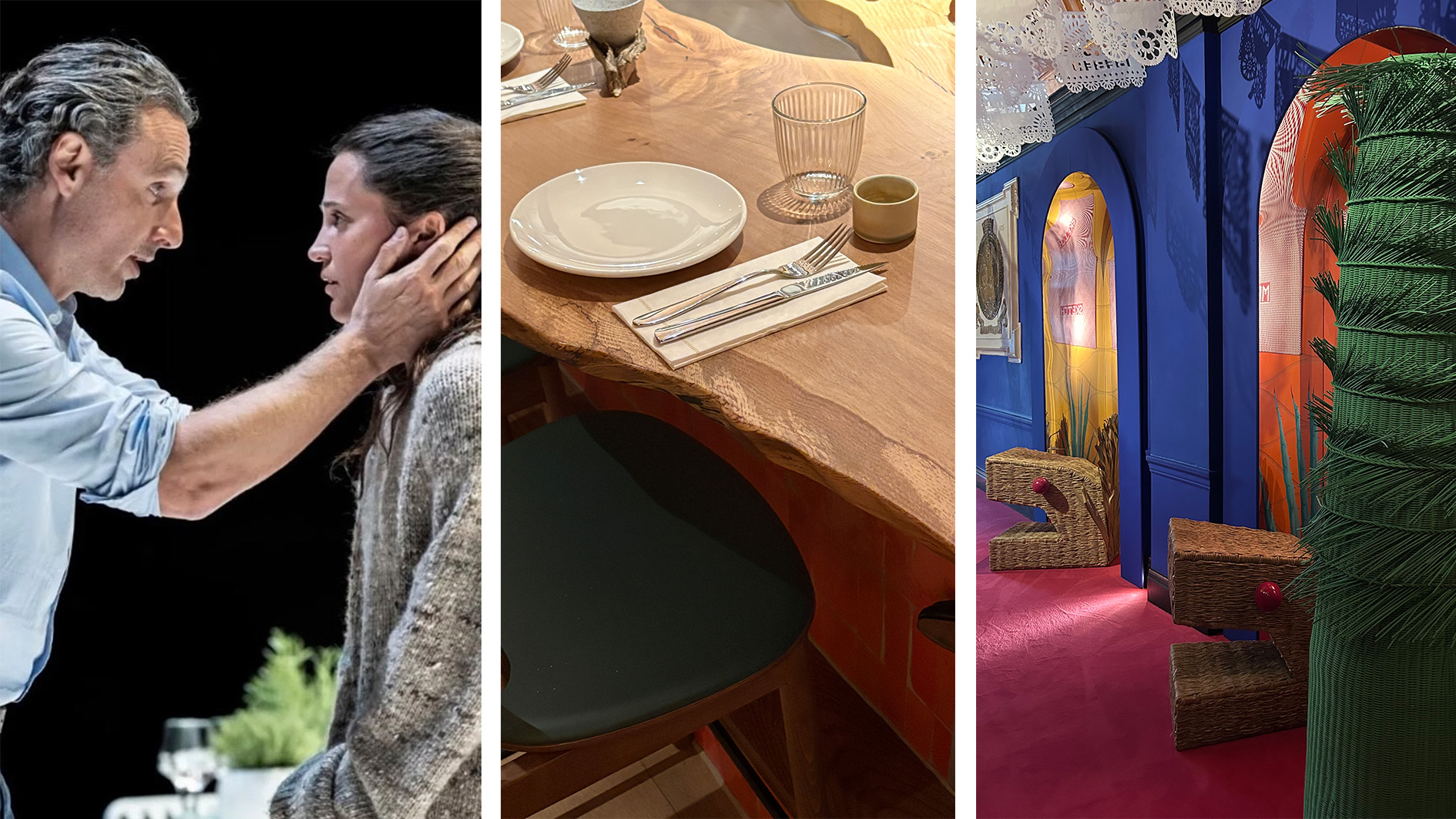 Out of office: the Wallpaper* editors’ picks of the week
Out of office: the Wallpaper* editors’ picks of the weekAnother week, another sweep of culture in the capital and beyond for the Wallpaper* team. This time: hidden book fairs, standout theatre, and a taste of the Mediterranean – from a Spanish showcase to seafood in the Portuguese archipelago
-
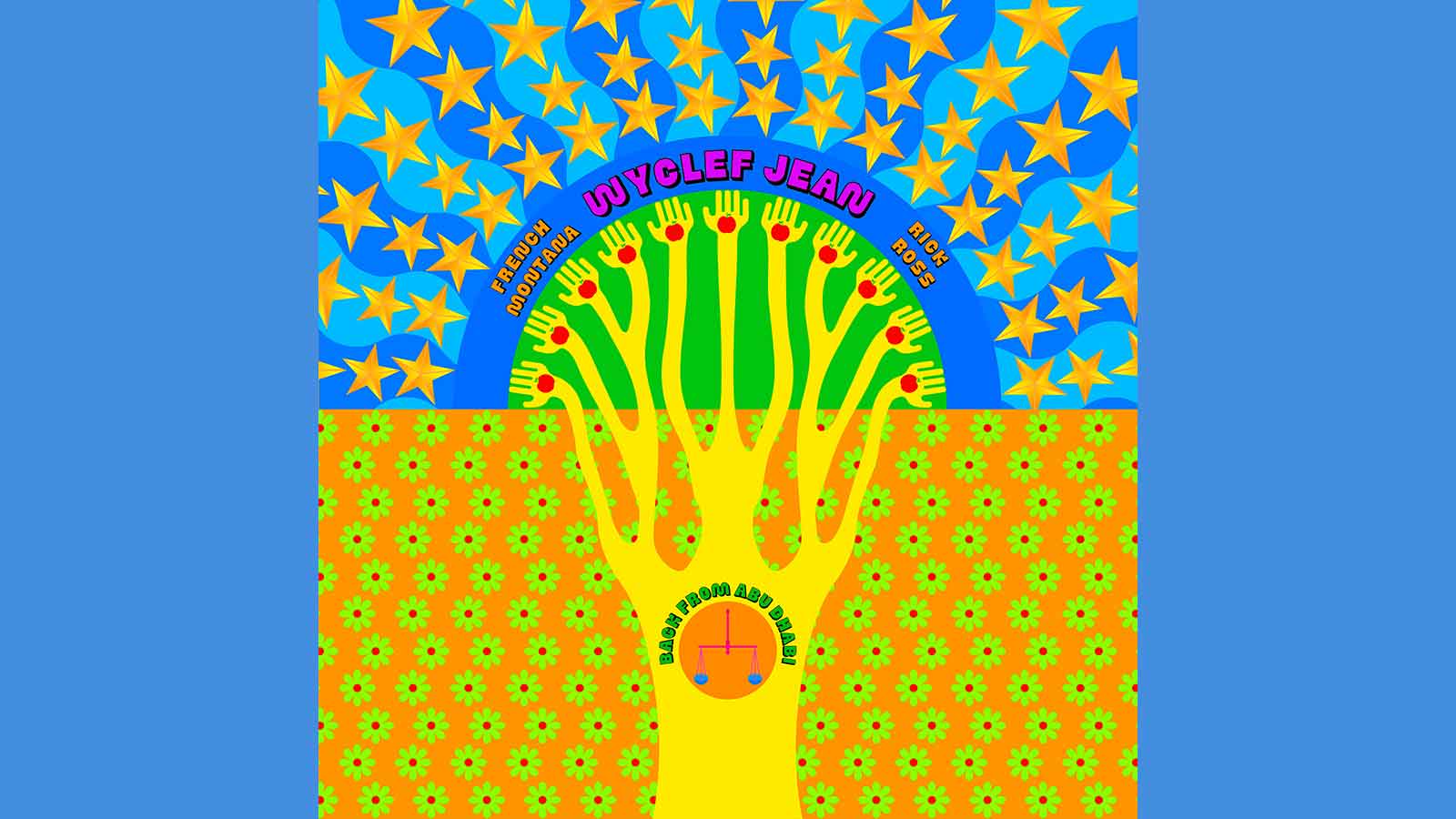 Yinka Ilori creates artwork for Wyclef Jean's latest single
Yinka Ilori creates artwork for Wyclef Jean's latest singleOut today, Wyclef Jean's 'Back to Abu Dhabi' features a cover bearing Yinka Ilori's distinctive colourful aesthetic
-
 12 new watches and wearables offer a high-tech take on time and tracking
12 new watches and wearables offer a high-tech take on time and trackingFrom conventional smart watches to specialist applications and even solar system exploration, we present twelve ways of transforming your wrist into a source of inspiration and information
-
 Chanel heads to Hangzhou, China for a poetic Métiers d’Art 2025 show
Chanel heads to Hangzhou, China for a poetic Métiers d’Art 2025 showThis evening in China (3 December 2024), Chanel travelled to Hangzhou’s much-mythologised West Lake, a Unesco World Heritage site, for a show that highlighted the extraordinary craft of the house’s artisans
-
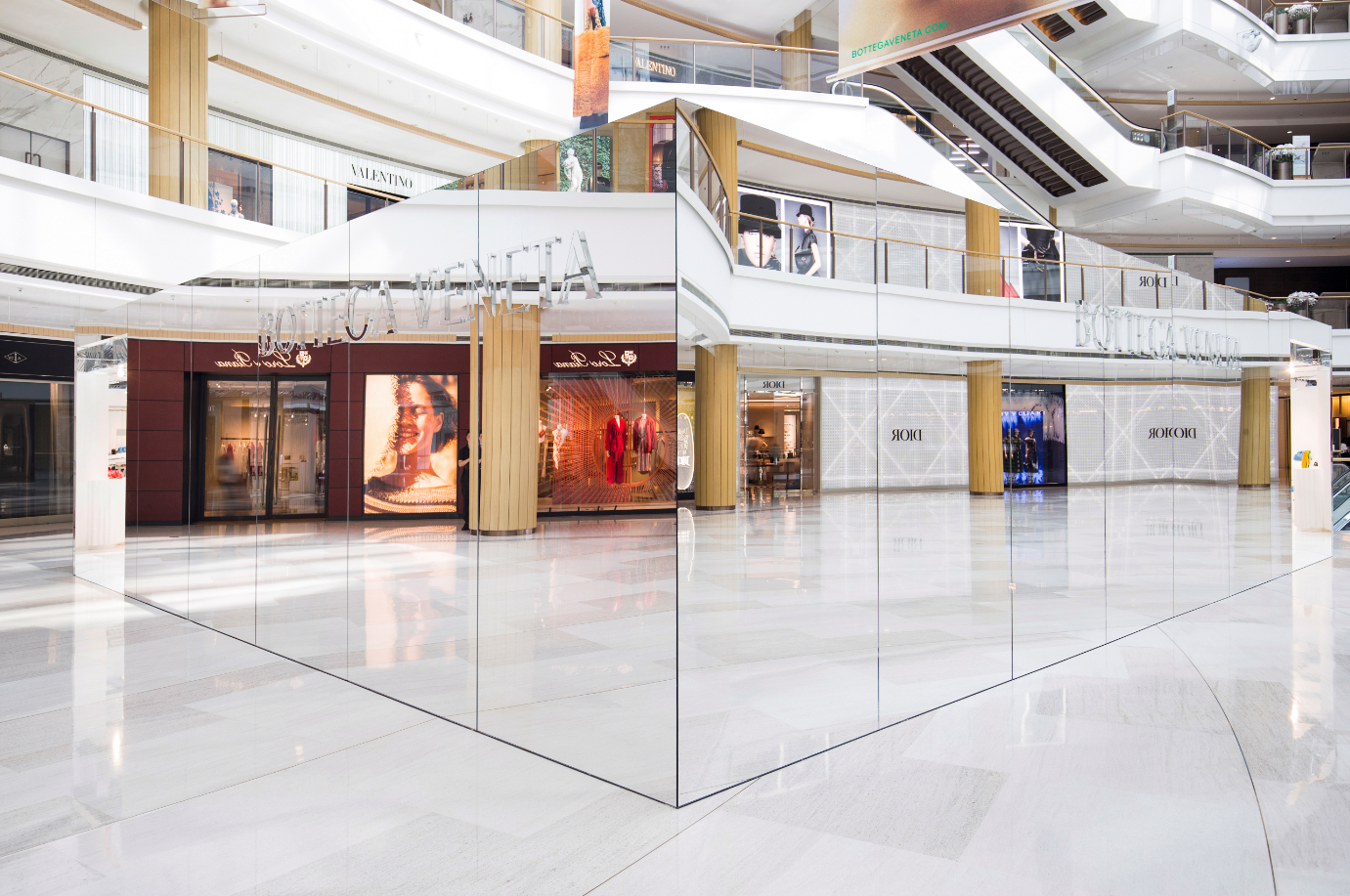 Bottega Veneta constructs ‘invisible' pop-up in Shanghai
Bottega Veneta constructs ‘invisible' pop-up in ShanghaiConceived by creative director Daniel Lee, the three metre-high, 100 sq m mirrored cuboid continues Bottega Veneta’s subversive denouncement of self-promotion
-
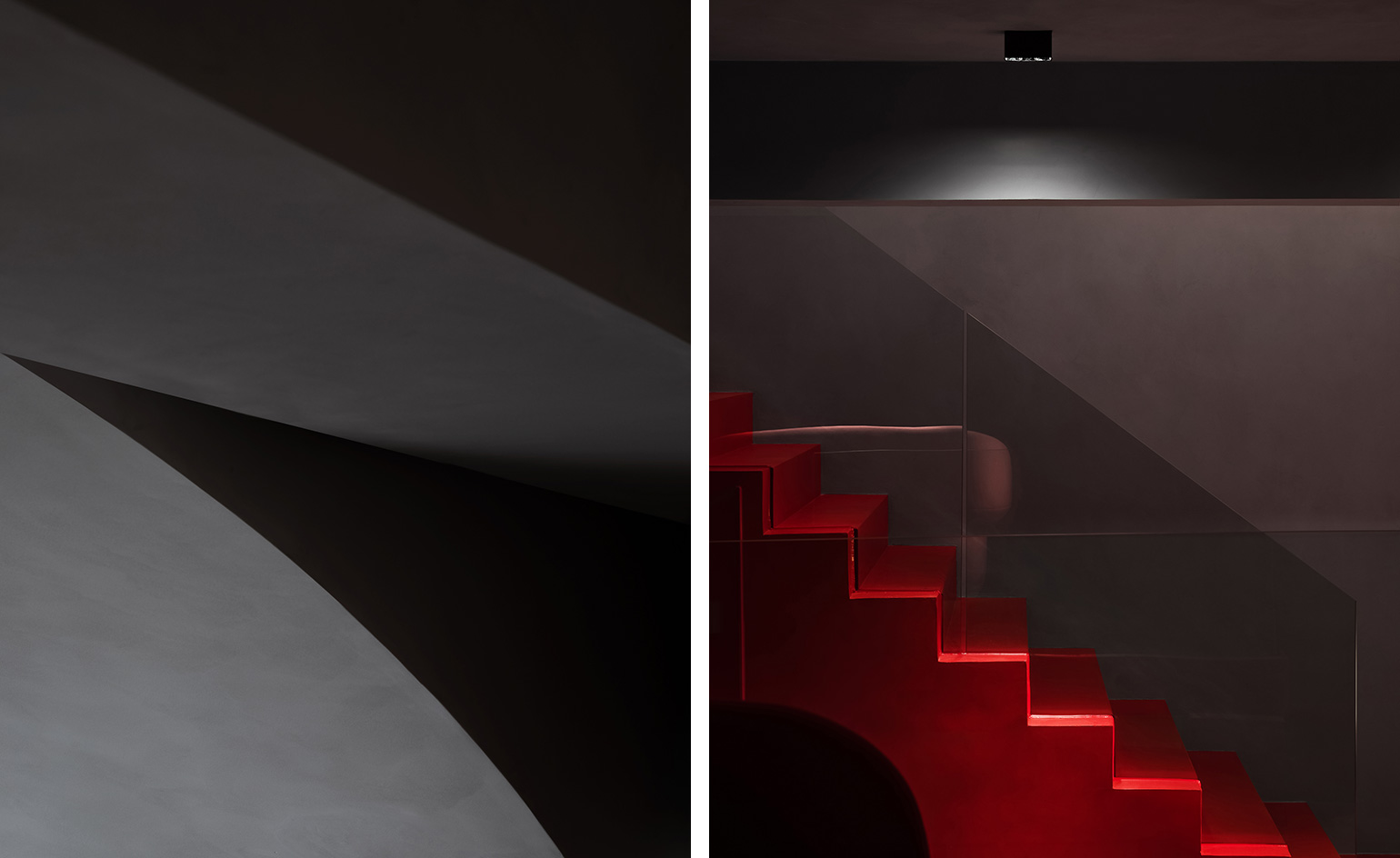 Ripple effect: Trongyee’s undulating Shantou boutique
Ripple effect: Trongyee’s undulating Shantou boutiqueShenzen-based firm AD Architecture has conceived a rippling, pared-back retail design for Shantou, China-located luxury womenswear boutique Trongyee
-
 The China List: Chanel, Fashion
The China List: Chanel, FashionWallpaper* and China’s Cultural Heritage and Sustainable Development Fund (CHSDF) present China By Design—a celebration of Chinese cultural heritage and the many global creatives who have been inspired by it. Explore the full list here.
-
 The China List: Jean Paul Gaultier, Fashion
The China List: Jean Paul Gaultier, FashionWallpaper* and China’s Cultural Heritage and Sustainable Development Fund (CHSDF) present China By Design—a celebration of Chinese cultural heritage and the many global creatives who have been inspired by it.
-
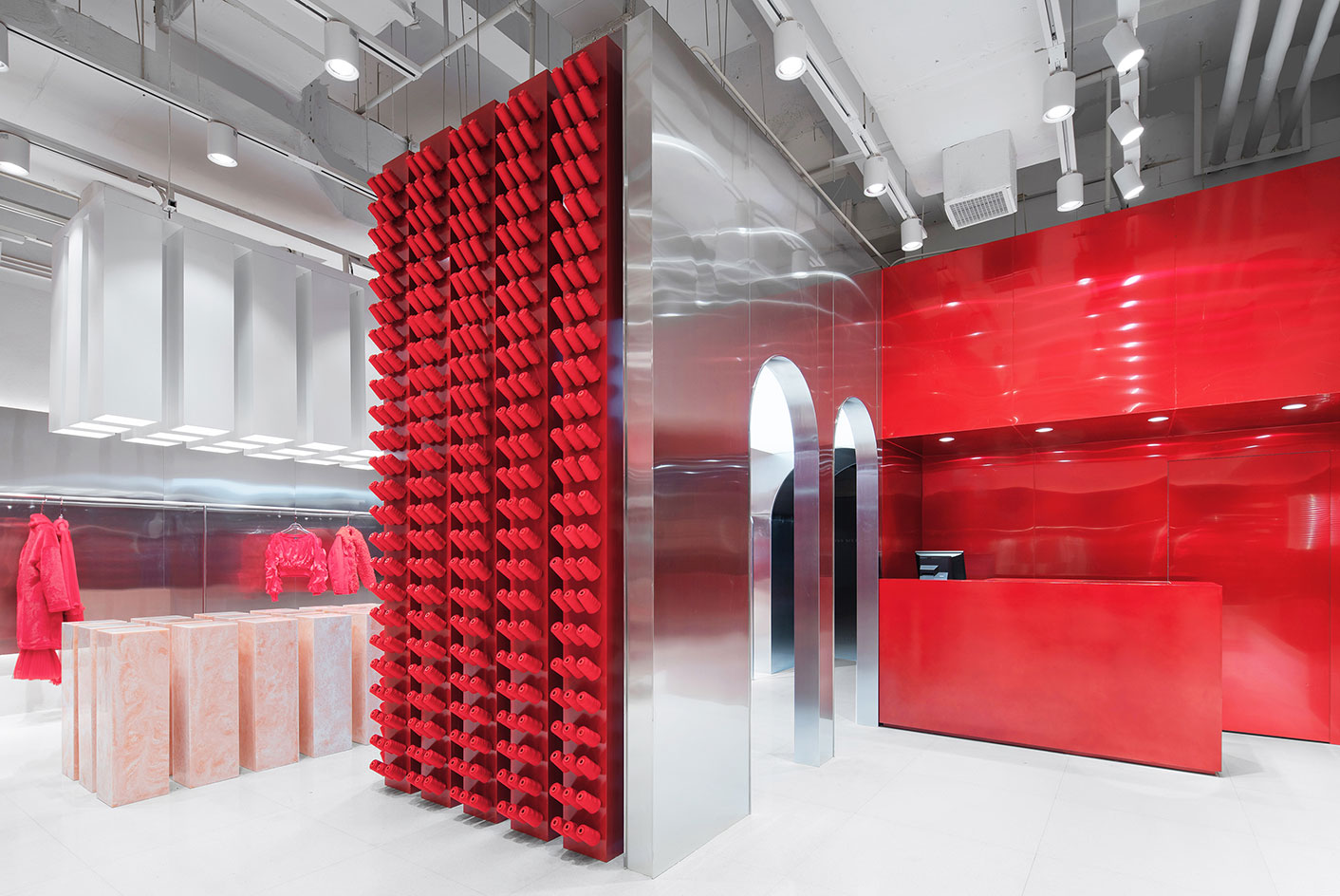 Playing it spool inside Annakiki’s thread-stacked boutique
Playing it spool inside Annakiki’s thread-stacked boutique -
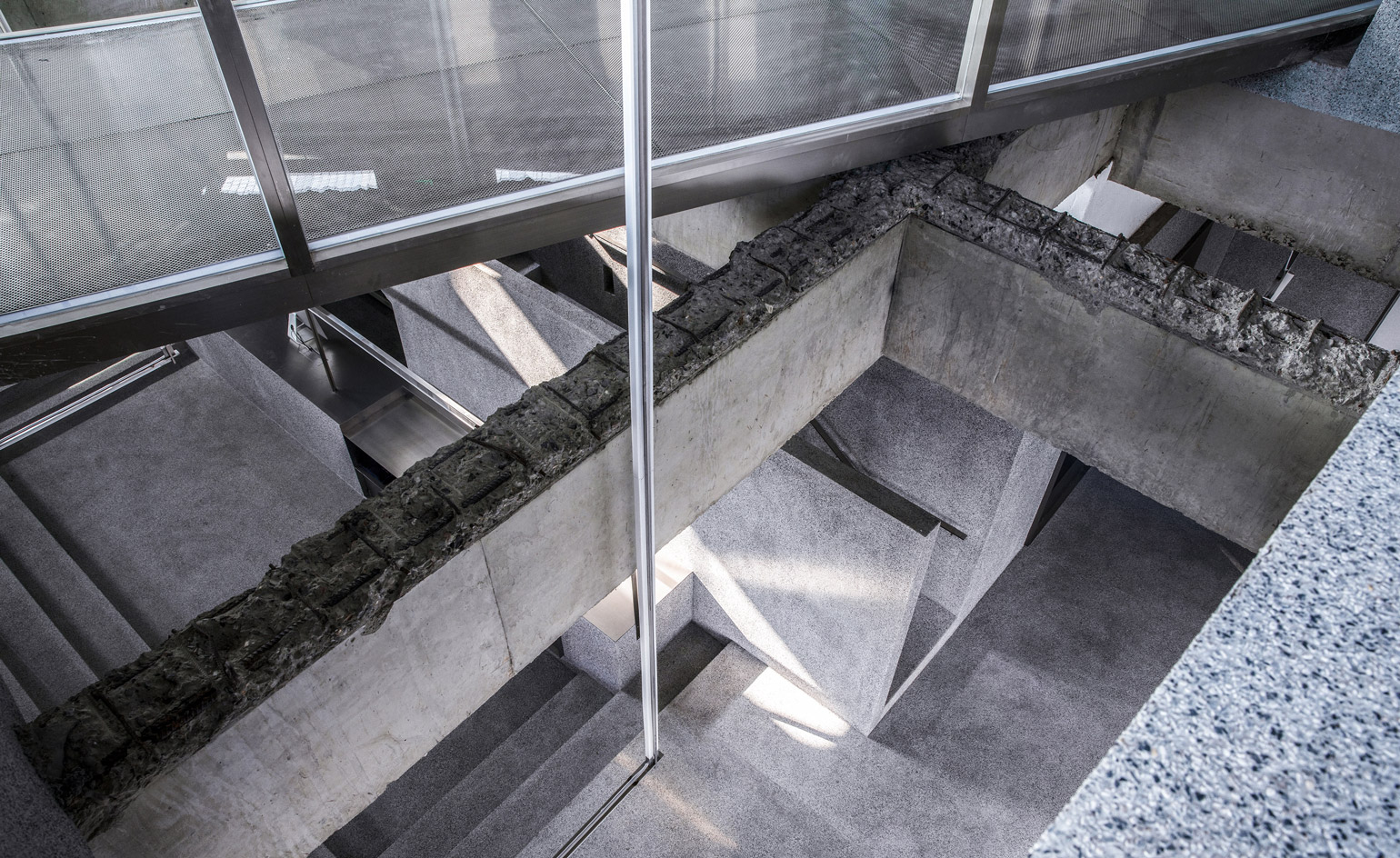 Atelier Tao+c designs monochrome multi-brand boutique in Zhengzhou
Atelier Tao+c designs monochrome multi-brand boutique in Zhengzhou -
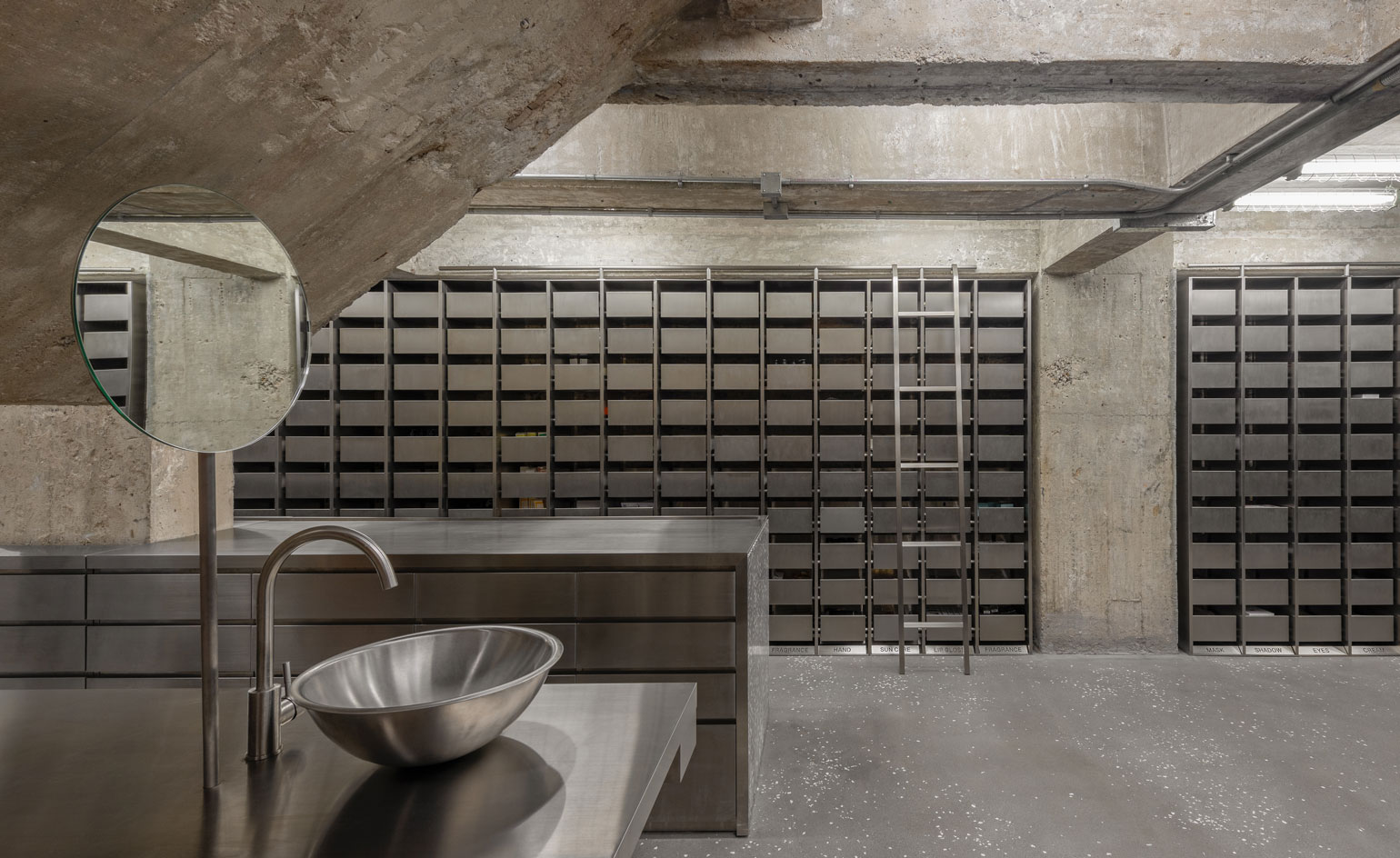 AIM designs steely cosmetics boutique in Hong Kong
AIM designs steely cosmetics boutique in Hong Kong